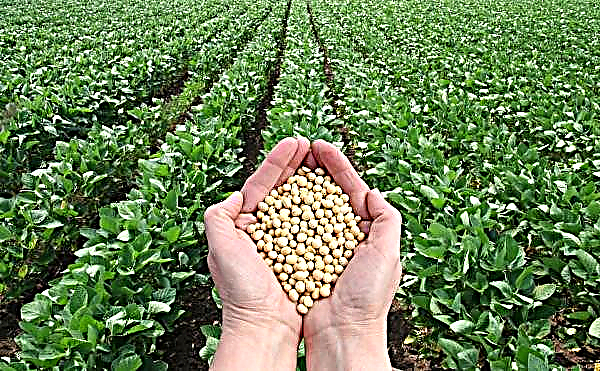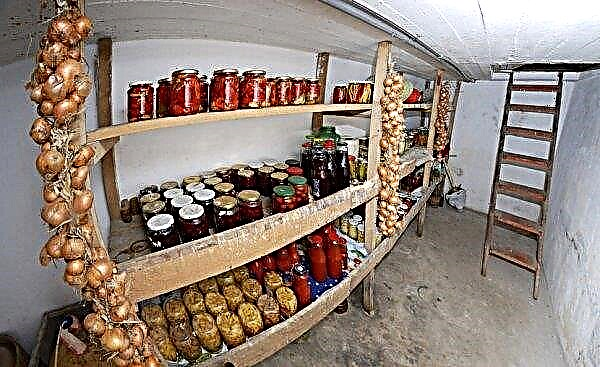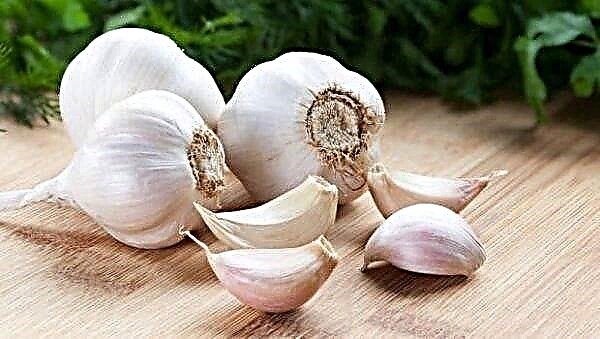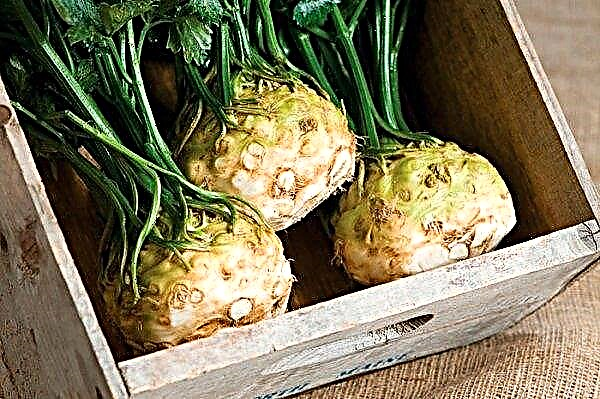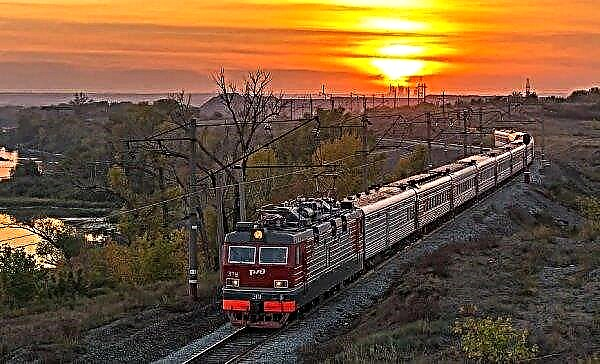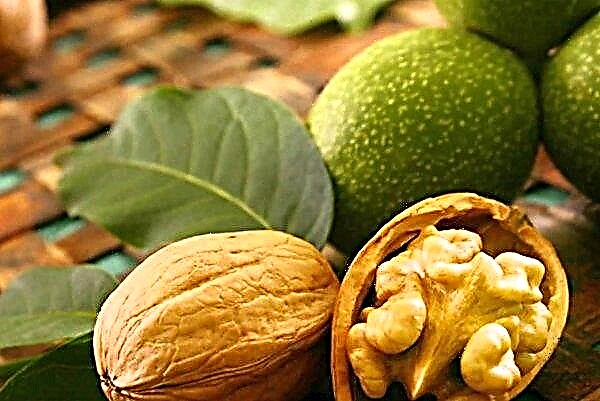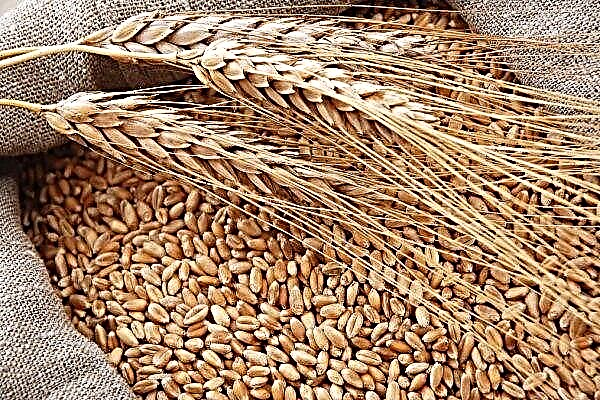Mulching the soil is an important step in caring for plants. Using this procedure, you can prevent the development of diseases and the appearance of pests. In addition, the mulch creates a protective layer on the surface of the soil, which prevents the roots from drying out. Very often, pine bark is used for these purposes, which has strong antimicrobial effects.
Advantages and disadvantages of mulch
Mulch has its advantages as well as disadvantages.
- The benefits of pine mulch are as follows:
- beauty of appearance;
- antibacterial effect. Useful properties are that pests do not develop in such chips. Also, pine materials do not rot;
- antioxidant effect. Protects plants from diseases and radiation;
- the evaporation of flavonoids, which not only impede the development of cultural diseases, but also enhance the human immune system (by inhalation);
- anti-allergenic effect;
- slowing down the development of weeds;
- environmental friendliness of the soil;
- corrosion prevention;
- resistance to mold damage.
- Also, pine mulch is characterized by several disadvantages:
- not used for freshly planted crops (only from the third year after planting). This is due to the fact that this material significantly increases the acidity of the soil. For young plants, this can be fatal (the structure of the root system is disturbed, growth is slowed down, the formation of buds is worsened, etc.);
- helps to remove nitrogen from the soil. Its lack causes damage to the plant, as a result of which it begins to turn yellow.
Application of mulch
The benefit of using mulch in gardening is to create a protective layer on the soil surface that helps restore it. Also, with its help, you can diversify the appearance of the garden.

If you decide to use pine materials in the country, you should know the basic rules of the procedure. Everything will be described in detail below.
Did you know? Artificial silk and leather are made from pine wood. These materials are used for the manufacture of clothing, shoes and furniture.
What can you mulch?
You can mulch with a pine bark anything you want. It positively affects the development of the following cultures:
- Shrubs.
- Young flower beds (magnolia, heather, rhododendron, etc.).
- Fruit crops (strawberries, blueberries, strawberries).

Quite often, gardeners use this type of mulch to protect winter crops from frost. If you use large fractions (up to 8 cm), then they will better penetrate the soil. If before the procedure you had to water the plants every 2-3 days, then a layer of natural materials will contribute to watering with an interval of 7-10 days.
Did you know? The South Asian pine, which is called Bunge, has a white bark.
The use of mulch in landscape design
Pine mulch in landscape design is used quite often. Gardeners with its help can improve the appearance of the site, giving it an aesthetic appearance.
Pine chips are best combined with conifers. If necessary, you can color it in different shades using natural dyes. Thanks to this procedure, the garden plot acquires bright colors, which only increases the attention to it from the side of people passing by.
Video: Pine bark in landscape design
How to mulch properly
It is better to start mulching in May. At this point, the soil will become looser. The procedure for preparing the garden is as follows:
- Get rid of fallen leaves and remove weeds along with the roots.
- If the soil is dry, then pour it with water (calculated as 40 liters per 1 m²).
- Fertilize. Organics (horse manure, peat, compost) deepen by 20 cm. Use 1 kg of fertilizer per 1 m². You can also use minerals. 50 g of urea, 20 g of potassium nitrate and 30 g of ammonium nitrate are distributed per 1 m².
- Lay out a 15-centimeter layer of pine wood chips.

There are several ways to use mulch:
- Lay rotted manure and cover it with pine bark.
- Mix horse manure and pine chips in a ratio of 4: 2. After that, mulch the beds, laying out a 7-centimeter layer.
Also, the height of the flooring depends on the type of soil. Clay soil is covered with 2 cm mulch, and sandy - 8 cm.
How to make pine bark mulch
In most cases, gardeners buy a ready-made product that is easy to find in specialized stores. The cost of such a product is within 3-5 thousand rubles. (depending on the degree of grinding). 
Some still prefer to make pine bark shelter material on their own to save money. It also allows you to gain confidence in the quality of the product.
Important! Shrubs must be mulched in a radius of 50 cm, and trees - 1 m.
Pine bark removal
Going to collect pine bark, you need to stock up on special tools. You will need a sharp ax (choose a size that is convenient to hold in your hands), a knife and a bag. After that, go to the forest and find the right tree.

It should correspond to the following factors:
- not to be alive. If you violate the integrity of the trunk, the plant will die;
- not to be rotten. Such wood contains many fungal infections and pests.
Important! Choose trees that were cut down no more than 6 months ago. If the trees fell recently, then you will have to cut the bark with an ax, and then pry it off with a knife.
Recycling
After collecting the bark, it needs to be dried. Do this in a warm room or outdoors. Just do not place it near the beds. There may be pests. After a few days, when the crust dries, you will need to cut it into small pieces.
To do this, you can use a pruner or scissors. To cut the bark very finely, some gardeners use an electric meat grinder, which in a few minutes will make a natural and high-quality mulch. After disinfection, mulch should be dried in a warm and well-ventilated area. When it dries a little, lay it in bags of fabric. The mulch will be stored in them until you decide to cover the soil with a protective layer.
After disinfection, mulch should be dried in a warm and well-ventilated area. When it dries a little, lay it in bags of fabric. The mulch will be stored in them until you decide to cover the soil with a protective layer.
When the bark is crushed, it is disinfected. The procedure is carried out by several methods:
- Pour with clean water and boil for 20 minutes.
- Treat with a solution of potassium permanganate (1 tsp. Per 10 l of water).
- Calcine in the oven for 30 minutes (at a temperature of + 160 °).
So, now you know that making raw materials for mulching the soil is easy on your own. Having covered the topsoil, you will be sure that the plants are protected from a sharp cooling, evaporation of moisture and diseases.

